5 things I wish I knew before buying a dehumidifier, so you don't make the same mistakes I did
Plus, expert tips for choosing the right model for your home

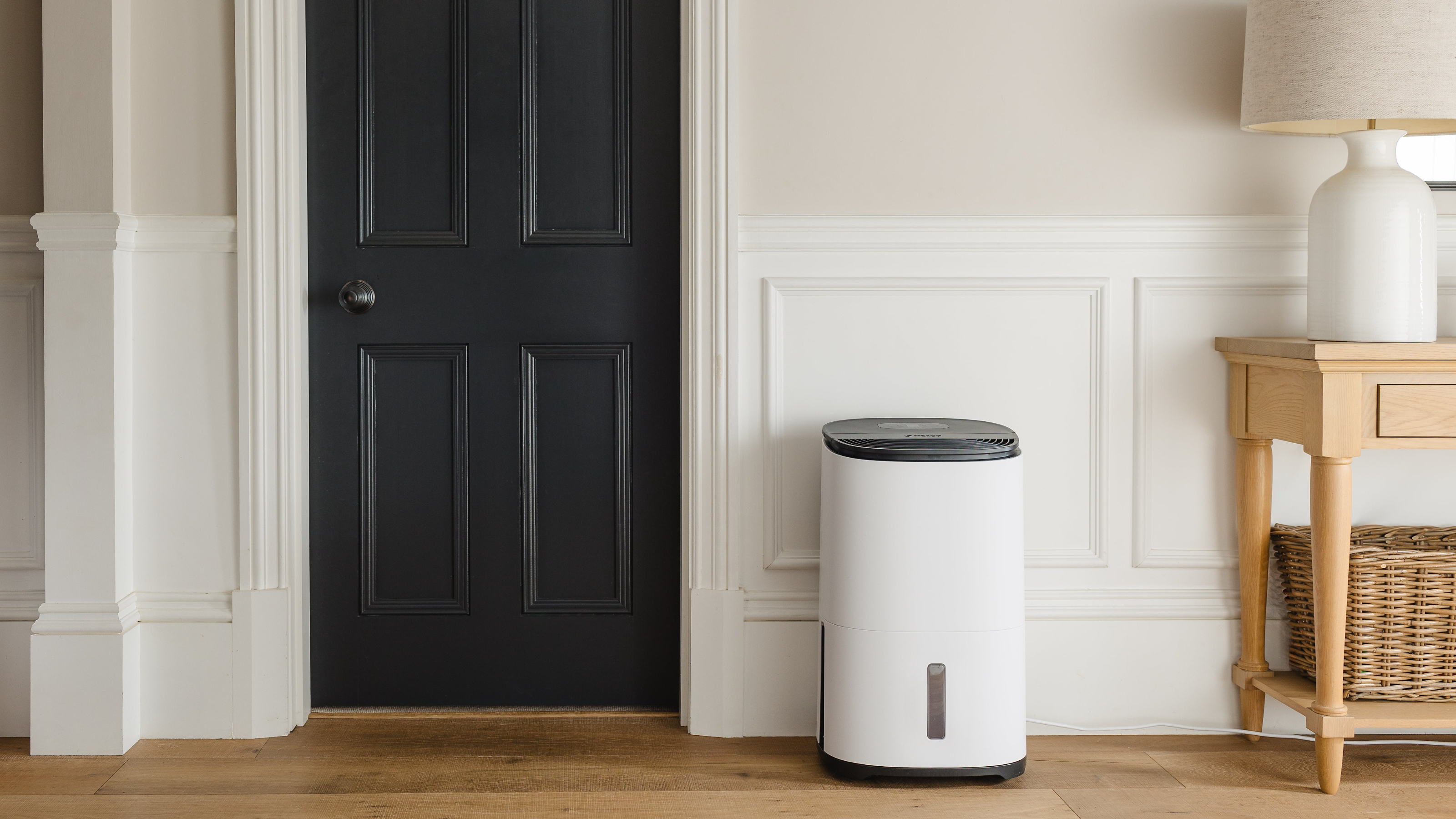
Dehumidifiers can be a gamechanger for dealing with damp, mould, and musty smells in your home. However, what a lot of people – including myself – have come to realise, buying the right one isn't always as straightforward as you might think.
From choosing the right type for your space to understanding key features, there are many things I wish I knew before buying a dehumidifier. While opting to sift through the rankings of the best dehumidifiers currently available on the market is a good place to start, there are a handful of things that you can't always be sure about until it arrives at your doorstep.
To help you navigate choosing the right one, here's what I've learned through my own trial and error. I've also asked the experts for their take on the things you should know before investing in a dehumidifier, so you can spend wisely and avoid falling foul to many common dehumidifier mistakes.
1. Choose the right type of dehumidifier
What a lot of people don't realise is that there are different types of dehumidifier to choose from. The two most popular types – compressor and desiccant dehumidifiers – work differently and suit different environments.
'Desiccant models are ideal options for colder areas like an unheated conservatory or garage, while compressors are more suitable for warmer environments such as inside the home,' explains Joshua Warren, AO.com's dehumidifier expert.
Alternatively, non-electric options, such as the Absodry Duo Family or the Bostik Breathe are great if you're looking to manage mild moisture issues inside small areas like bathrooms or wardrobes.
For example, I use the Bostik Breathe in my small bathroom, and it does the job great there. However, I'd never expect it to be as effective if I were to relocate it to my bigger living room. That's what my trusty MeacoDry Arete Two is for.
Sign up to our newsletter for style inspiration, real homes, project and garden advice and shopping know-how
Therefore, knowing where you're planning to put your dehumidifier and its purpose will help you decide which type is best for you, so you don't find yourself underwhelmed with your attempts of trying to get rid of damp.
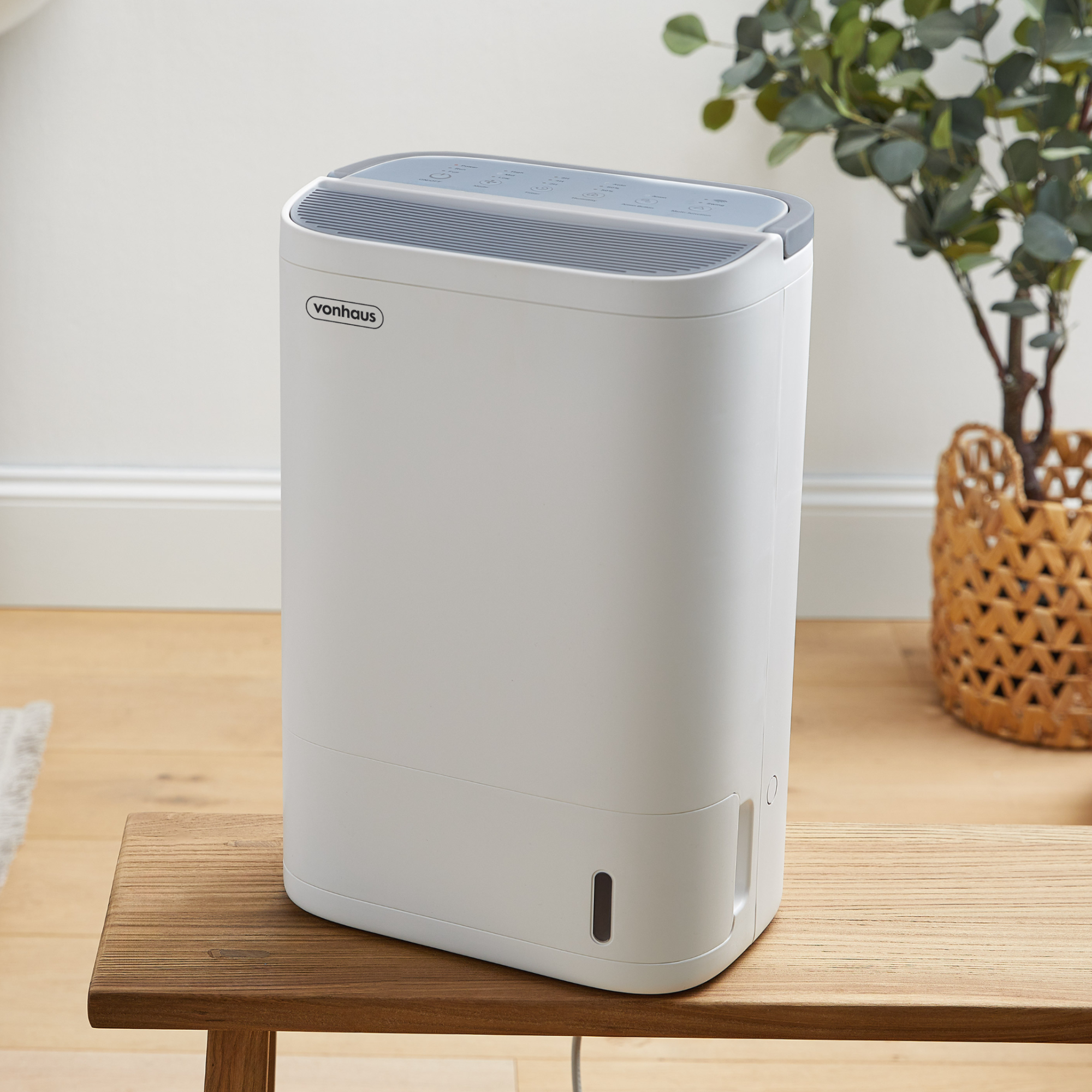
2. Size and capacity matters
The beauty of a dehumidifier is that you can really tailor your selection to ensure it's right for your space, which can boil down to a lot of factors including size.
'The size of a dehumidifier will depend on how big the space you want to dehumidify is, the level of dampness in your home, and also whether you want to use it for any other purposes, such as drying washing,' says Aneesa Khan, assistant home electricals buyer at VonHaus.
Dehumidifiers are typically rated by how much moisture they can extract per day, which is measured in litres. Smaller units are suitable for single rooms or small areas, but larger spaces will need higher-capacity models to be effective.
'If you're looking to dry washing or you want to try fixing a patch of damp in a small room, you could try a small tabletop dehumidifier which collects around 1L,' recommends Aneesa. For example, the Pro Breeze 1500ml Mini Dehumidifier is a great, budget-friendly choice we've tried for mild moisture issues.
'However, if you're dealing with a lot of humidity in a smaller room, go for a 12L dehumidifier. For larger rooms, it would be worth looking at a model that extracts between 20L and 30L,' she says.
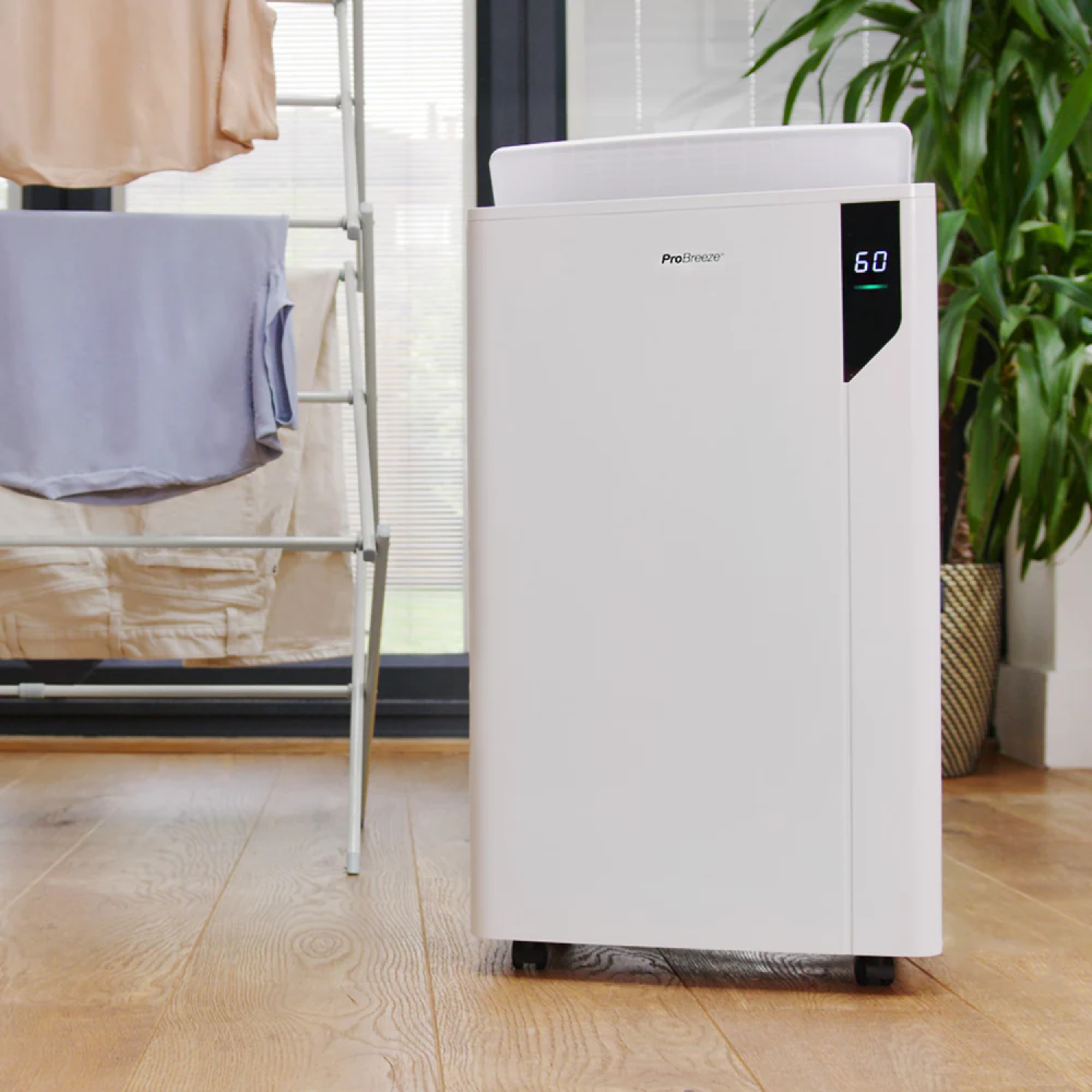
3. Don't underestimate energy efficiency
Being deep into the winter months and taking into consideration factors such as the higher energy price cap in January 2025, prioritising energy efficiency is crucial. A big misconception I had is that high-capacity dehumidifiers use a lot of energy, but that's not always the case.
For example, the 20L and 25L MeacoDry Arete Two use 207W and 250W, respectively, which evens out to around 4p per hour when calculating the cost of running a dehumidifier.
Considering these large capacities and high extraction rates, the MeacoDry Arete's energy consumption is almost next to nothing compared to other dehumidifiers we've tested that cost a lot more to run – many of which offer less than half of this capacity and extraction rate.
If you're planning to use your dehumidifier during the winter, chances are it'll be operating for the majority of the day. That means taking into account energy consumption and features that can help contribute to reducing costs, is really useful. Joshua advises looking for dehumidifiers that have features such as auto shut-off, eco modes, and adjustable fan speeds to help you save energy at home.
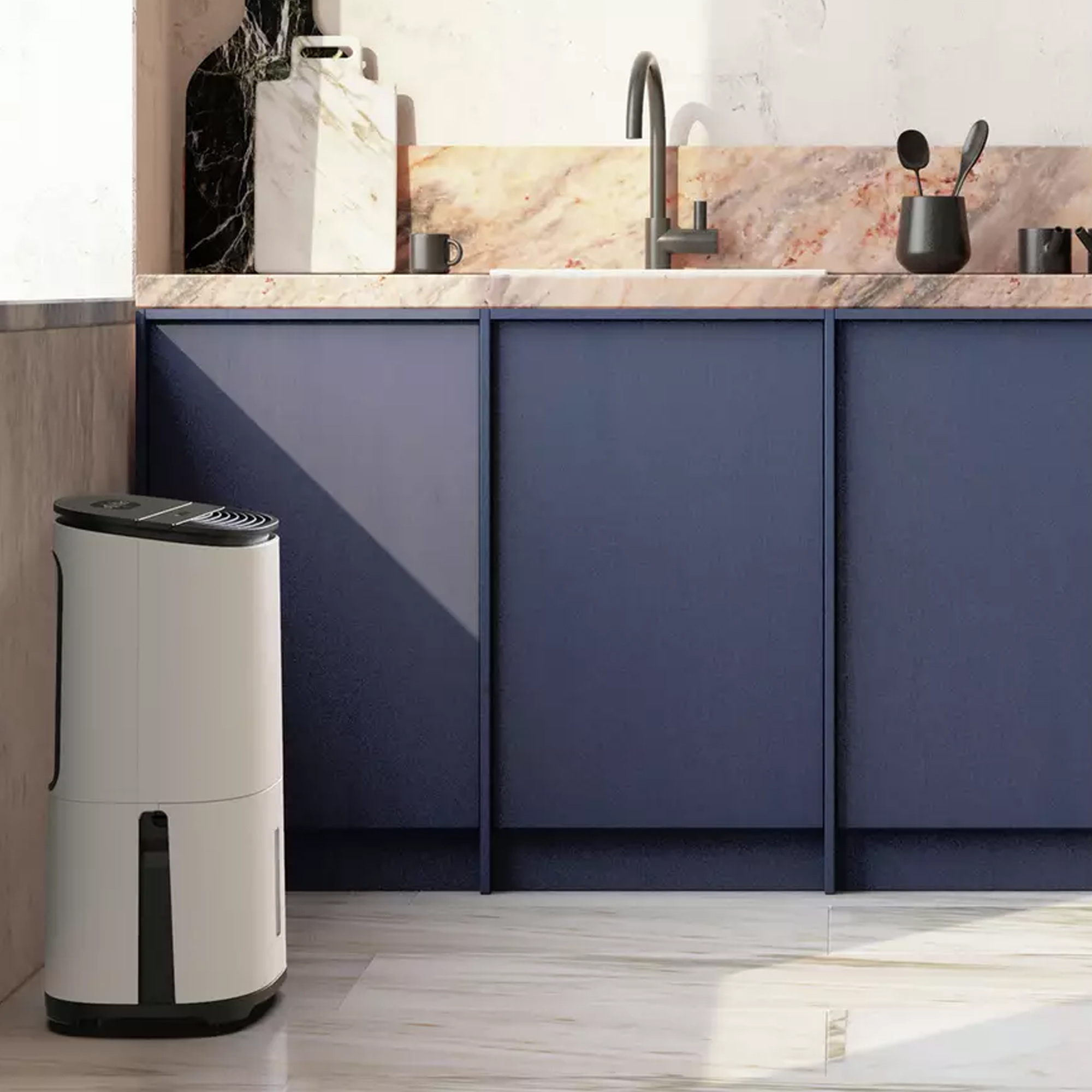
4. Extra features make all the difference
In my experience, it's well worth looking for dehumidifiers with specific features that can best cater to your needs. Energy-saving features like auto shut-off and eco modes are great for the cost-conscious, but there's also smart features taking the limelight now.
'Check if the dehumidifier can be controlled by a smart app for convenience,' advises Holly Male, brand manager at Duux UK. For example, the Duux Bora Smart dehumidifier and MeacoDry Arete Two can be connected to their respective apps, allowing you to control humidity levels and modes remotely and even set timers. 'It's a game-changer for busy households,' assures Holly.
In addition, if you want to use a dehumidifier to dry clothes then a model with a dedicated laundry mode is a must. 'This speeds up indoor drying, making it easier to manage wet clothes during the colder months without cluttering your home with damp laundry,' says Holly.

5. They don't solve structural problems
As much as I'd love for a dehumidifier to be a one-stop solution for all the damp issues encountered during the wet season, this is unfortunately not the case. As such, it's important that you're fully aware of a dehumidifier's limitations.
Don't get me wrong, a dehumidifier is fantastic for managing damp symptoms and can help dry out damp walls, but it won't fix the root cause or get rid of mould completely if it's already there. If your home has a long history of poor ventilation, leaks, or signs of rising damp, these are issues that need to be addressed if you want to see long-term improvements.
Consider a dehumidifier a supplementary for symptom management, rather than the end all be all.
Shop our pick of the best dehumidifiers
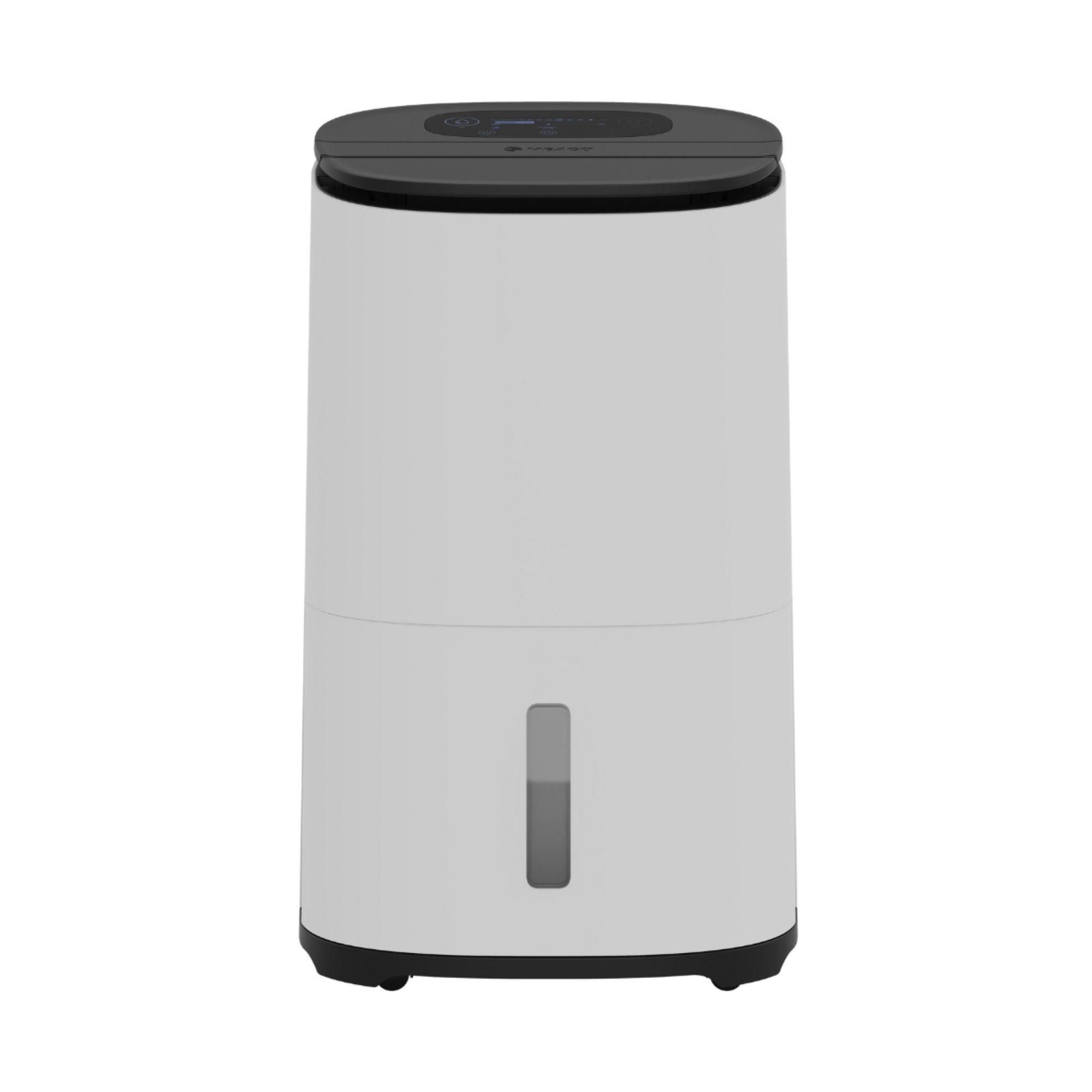
The MeacoDry Arete Two is quiet, easy to use, and is designed with energy-efficiency in mind. Complete with a timer and Wi-Fi connectivity, it's a fantastic all-rounder for managing damp and drying clothes alike. Alternatively, its previous model, the MeacoDry Arete One is still a brilliant buy today if you're not too fussed about smart features.
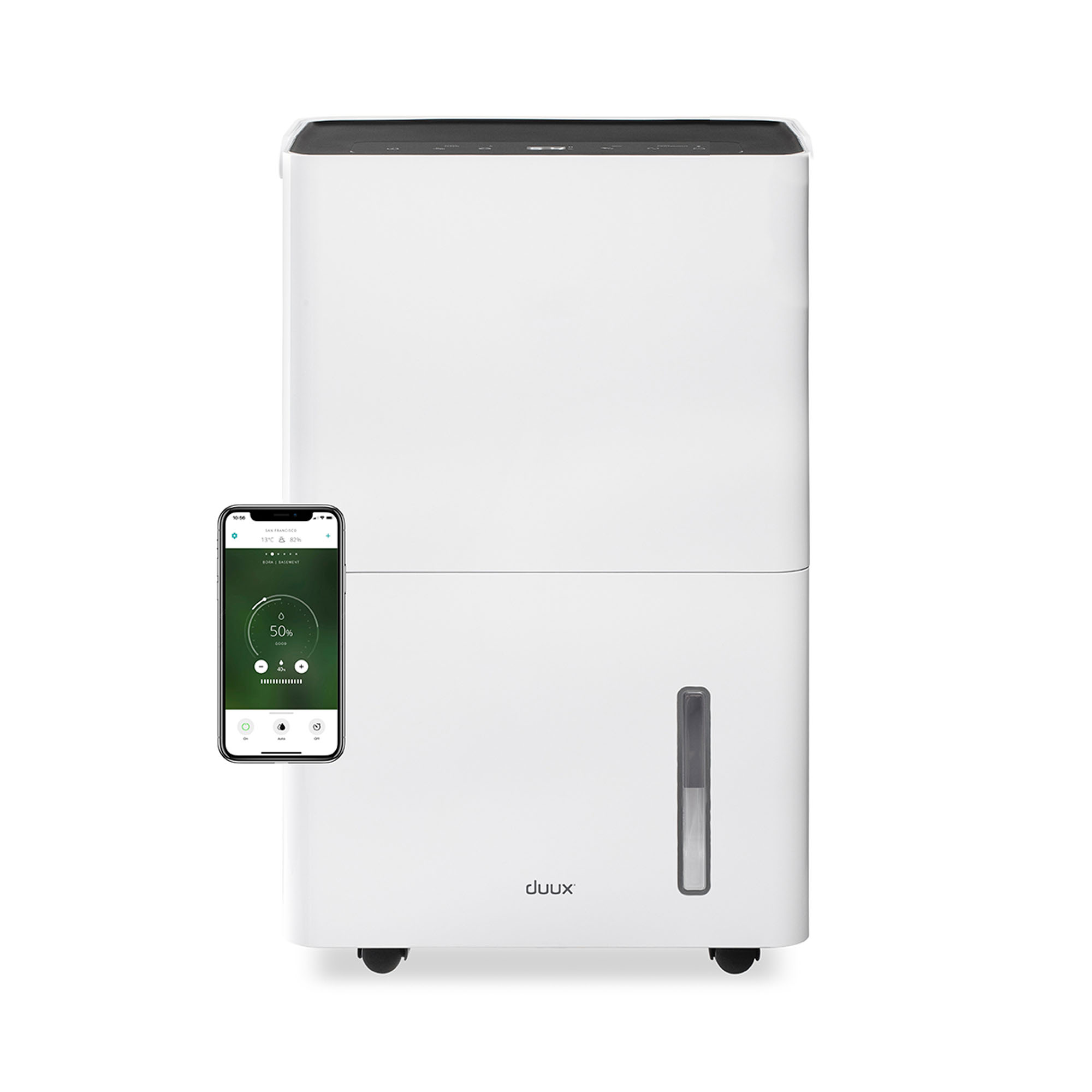
Featuring a high extraction rate, generous water tank capacity, and Wi-Fi connectivity, the Duux Bora Smart Dehumidifier is another great option for tackling damp woes in larger rooms, in particular. Plus, it comes with a carbon filter, which works great for dealing with the likes of cooking odours.
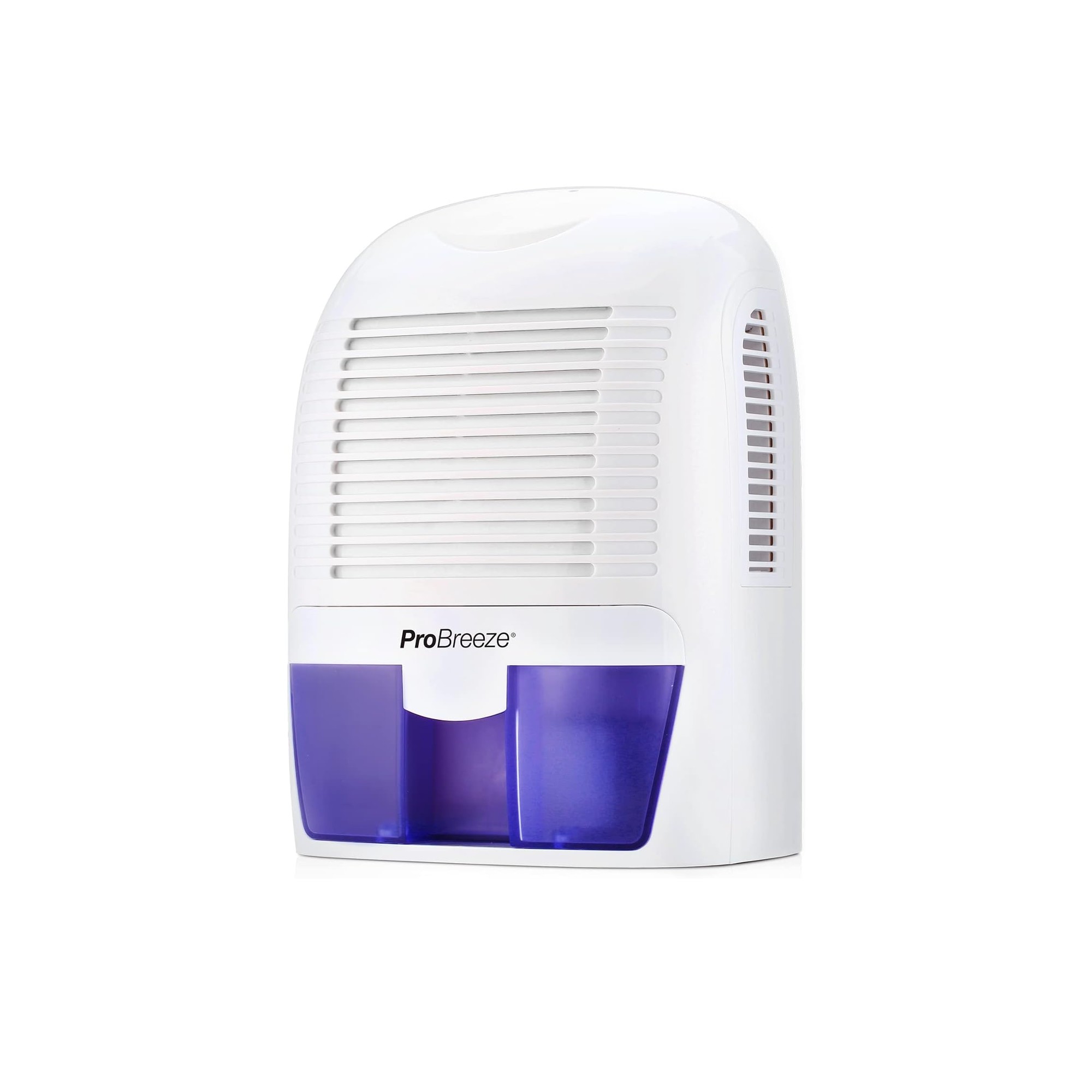
Small, affordable, super quiet, and with low running costs of just 1p per hour, this is a budget-friendly option for minor moisture issues. Its Peltier condenser has a much lower extraction rate than most compressor dehumidifiers, but if you want an affordable tabletop solution, this offers just that.
With all that said, the biggest thing you should take from this is that dehumidifiers are not a one size fits all. While it's wise to look at the bestsellers, it's important that you don't just go ahead and buy the first one you see.
By understanding your home and lifestyle needs, plus the features that matter most to you, you'll be able to make a better informed and smarter choice when buying a dehumidifier – and avoid these mistakes I made in the process.

Jullia was Ideal Home’s Junior Writer from 2022-2024 and the Ideal Home Certified Expert in Training on Vacuums having spent over 60 hours testing different models. She’s always loved all things homes and interiors, graduating with a bachelor’s degree in Architectural Studies from the University of Nottingham where her love for writing blossomed following her internship at ArchDaily. Now focused on home tech and cleaning, Jullia works on writing features and explainers to help people make the most of their home appliance investments, putting the newest launches through their paces. When she isn’t writing, she loves exploring the city, coffee shop hopping, and losing hours to a cosy game or book.